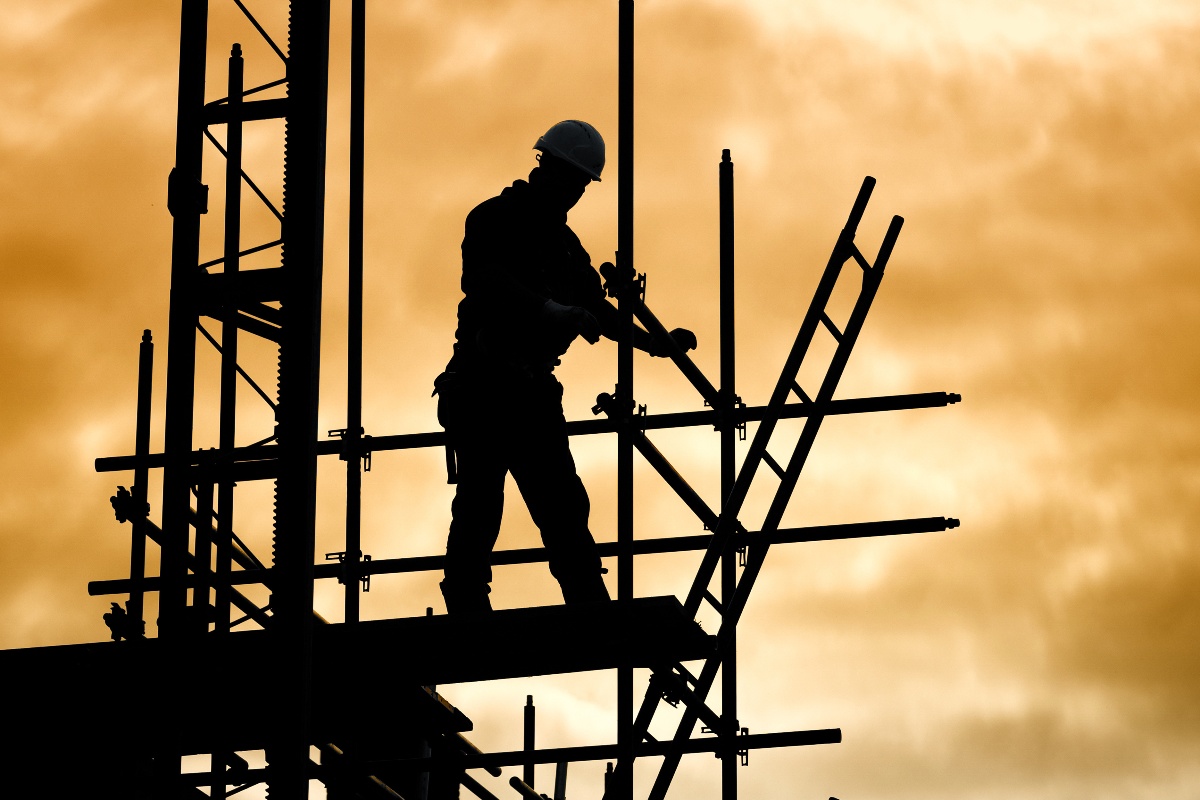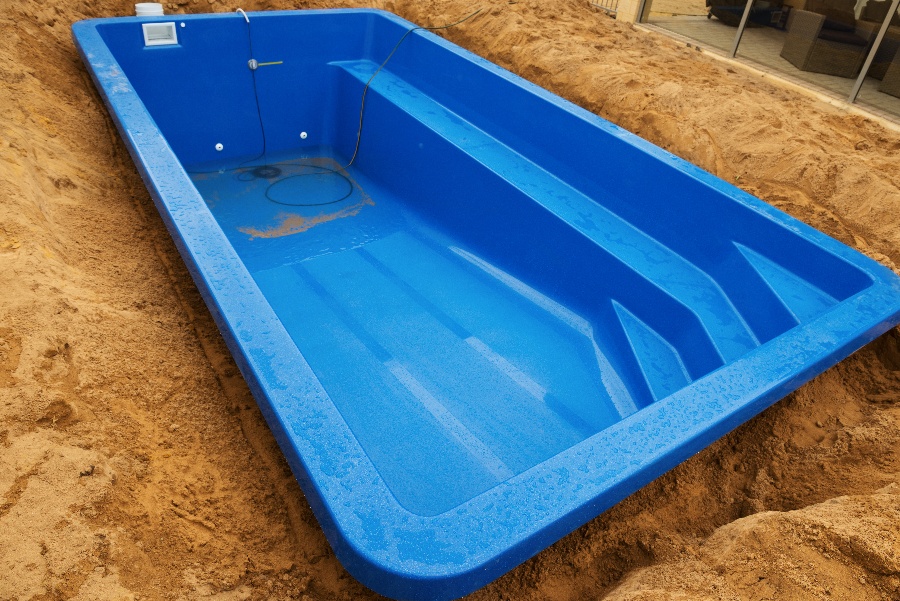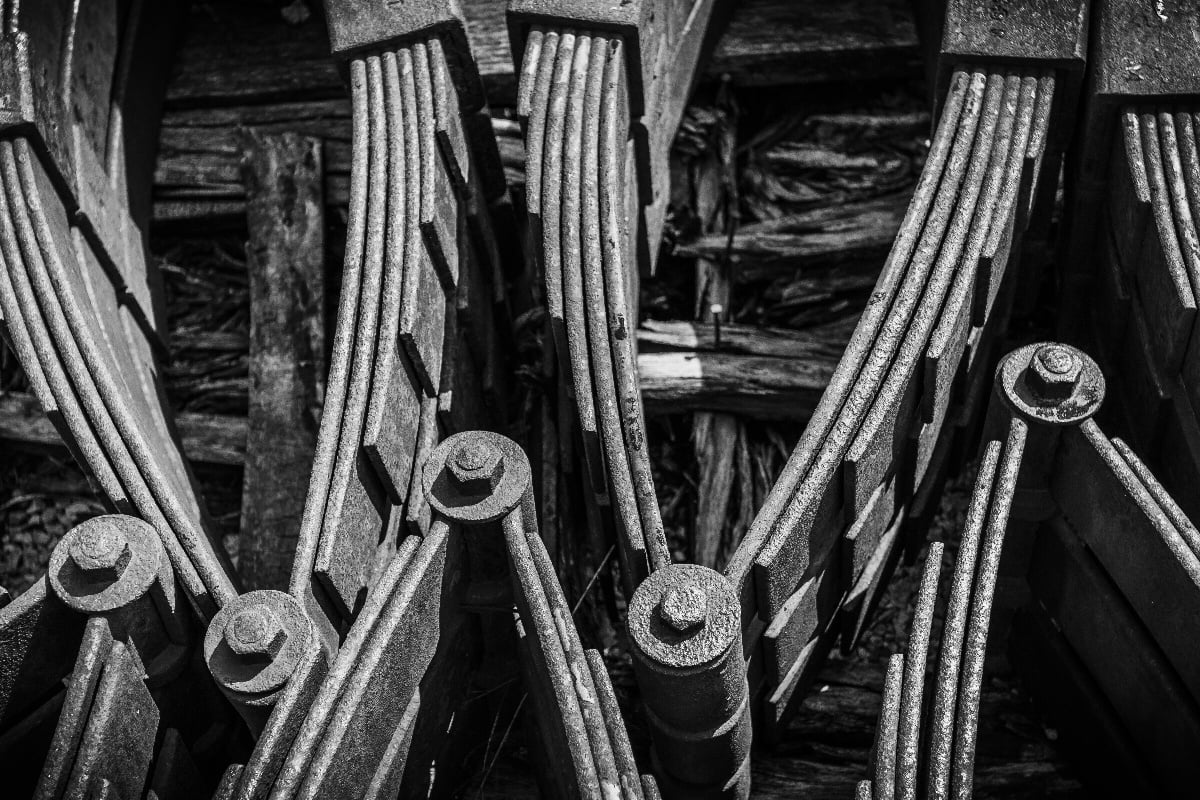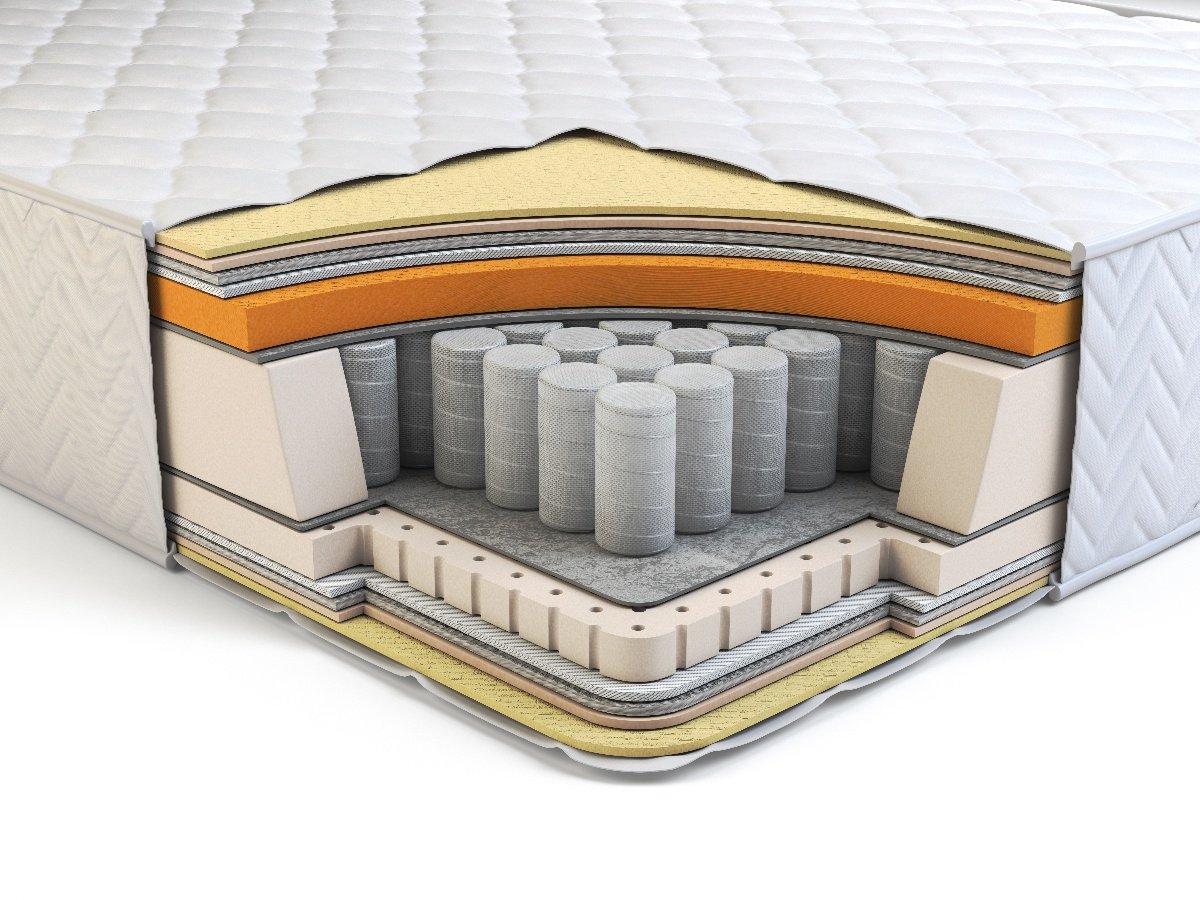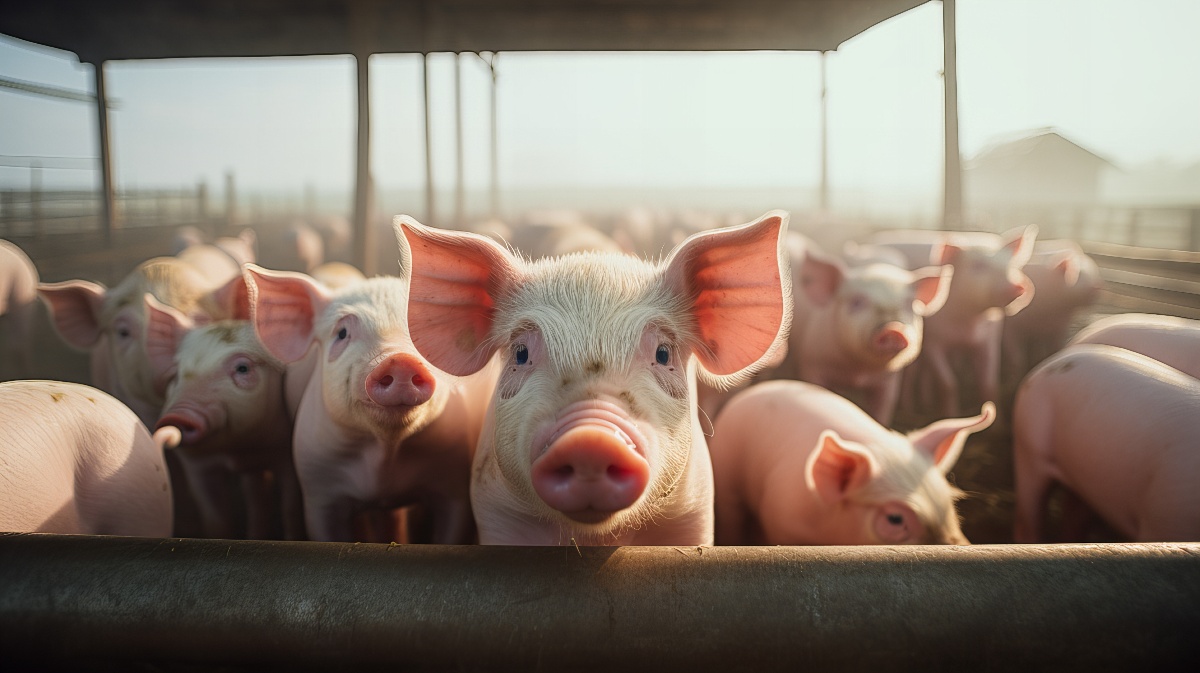Scaffolding is an essential temporary structure used extensively in construction projects to support work crews, materials, and equipment during building and renovation activities. Proper scaffold design and material selection are critical to ensure the safety and efficiency of construction operations.
Scaffolding serves several vital functions on job sites. It provides workers access to elevated areas that would otherwise be difficult or impossible to reach. Scaffold platforms create a stable work surface from which crews can complete tasks such as installing roof materials, applying exterior finishes, painting, and other activities requiring height. Scaffolding also enables materials to be lifted and positioned at height during all stages of construction. Additionally, the structural framework of scaffolding can provide attachment points for shoring, formwork, perimeter netting, and other temporary structures necessary for various construction processes.
The design of scaffolding has a profound impact on both the safety and productivity of work crews. Scaffolds must be able to safely support multiple workers, their equipment, and construction materials under anticipated load conditions. This article will dive into the necessary design and material requirements for scaffolding.
Design Principles of Scaffolding
The design of scaffolding structures requires careful consideration of multiple factors to ensure safety, functionality, and efficiency at construction sites.
Structural Integrity
The scaffold structure must have adequate strength, stability, and balance to withstand expected loads and forces. Scaffolds should be designed to support at least four times the maximum intended load in accordance with regulatory requirements. Load-bearing capabilities depend on factors such as the scaffold configuration, materials used, surface conditions, and number of work platforms. The scaffold should also have sufficient base dimensions and bracing to resist sliding and uplift forces. A qualified engineer should perform analysis and calculations to ensure structural soundness.
Safety Considerations
Scaffold design and construction must comply with occupational health and safety regulations, such as OSHA standards in the United States. These requirements cover criteria including platform widths, support structures, fall protection, access, and safe use procedures. Guardrails, mid-rails, and toe boards need to be installed on all open sides and ends of platforms more than 10 feet above ground. Fall arrest anchorages, catch platforms, and similar systems may also be necessary to prevent and arrest falls. Signage and training on proper scaffold access and protocols promote safe work practices.
Ergonomics and Accessibility
The scaffold design should allow for easy, ergonomic movement and reach for workers performing various construction tasks. Considerations include platform heights and reaches, ladder or stair placement, and hoist locations for material handling. Design elements like walkboards and railings assist worker foot travel and safety across scaffold systems. Prefabricated modular components, casters, and adjustable legs also help optimize scaffold configurations for ergonomic access.
Adaptability
Standardized prefabricated parts, connectors, and adjustable features allow scaffolds to be reconfigured or expanded to suit changing build stages and environments. Mix-and-match components like frames, braces, planks, and accessories increase versatility. Scaffolds that interface with sloping or irregular jobsite surfaces may require customized parts. Wheels and casters allow repositioning mobility, while leveling jacks accommodate uneven foundations. Adaptability enables cost-effective scaffold reuse across various applications.
Scaffolding Material Properties
In addition to sound design practices, the appropriate selection of building materials is vital to scaffold integrity and performance.
Strength and Stiffness
The structural integrity of a scaffold depends heavily on the strength and stiffness of its component materials. Key indicators of mechanical properties include:
- Yield Strength: The stress at which material starts to deform plastically. Higher yield strength allows scaffold parts to bear greater loads before permanent damage.
- Tensile Strength: The maximum stress a material can withstand while being stretched before failing. High tensile strength is necessary to resist tension forces.
- Modulus of Elasticity: Measure of stiffness defined as the ratio of stress to elastic strain in tension or compression. Materials with higher elastic moduli allow less deformation under load.
Durability
Scaffold materials also need durability to withstand construction environments over prolonged periods:
- Corrosion Resistance: Ability to resist damage or deterioration by exposure to moisture, chemicals, or other corrosive agents. Corrosion protection is essential for scaffold longevity.
- Weathering Resistance: Capability of withstanding extended outdoor exposure to sunlight, precipitation, temperature extremes, and atmospheric pollutants with minimal degradation.
- Wear & Tear Resistance: Resistance to loss of material through abrasive friction, impact, and other mechanical wear mechanisms during use. Durable materials prevent safety issues from component damage.
Weight and Cost
The density and cost implications of material choices should also be balanced:
- Weight Considerations: Low-density materials minimize scaffold self-weight, reducing manual handling strains during transport and assembly while allowing higher platform capacities.
- Economic Factors: Material, manufacturing, transport, and lifecycle costs should be optimized, along with considerations of availability, lead times, reuse potential, and disposal processes.
Fiberglass Scaffolding
Fiberglass is emerging as a promising material for scaffolding rods and frames in construction applications. With a high strength-to-weight ratio and corrosion-resistant properties, fiberglass can offer several advantages over traditional metallic scaffolding components:
Strength & Durability
Fiberglass rods provide higher tensile strength than aluminum rods of the same weight. The high-strength resins maintain mechanical integrity across repeated loading. Fiberglass also exhibits excellent corrosion and weathering resistance for long-term outdoor scaffolding use. These material properties minimize safety risks from weather degradation or damage over time.
Lightweight
The lightweight nature offers multiple scaffolding benefits—easier manual handling reduces worker strain during transport and assembly; higher load capacities are possible before reaching scaffold weight limits; and lightweight parts can reduce shipping costs.
Electrical & Thermal Properties
As an intrinsically non-conductive material, fiberglass scaffolding removes risks of power transmission through metallic components near electric lines. Fiberglass also provides thermal insulation for applications where heat transfer is undesirable.
Sustainable Lifecycle
Fiberglass production utilizes recycled glass, and end-of-life fiberglass scaffolding can be fully recycled into new parts or products. This closed-loop material flow contrasts the loss of material value when scrapping metallic systems. The sustainability benefits continue to drive adoption in green construction efforts.
While further upfront cost evaluations are warranted, the high-performance material properties of fiberglass make it a promising sustainable scaffolding material for improved structural safety, lightweight versatility, electrical insulation needs, and environmental footprint reduction.

